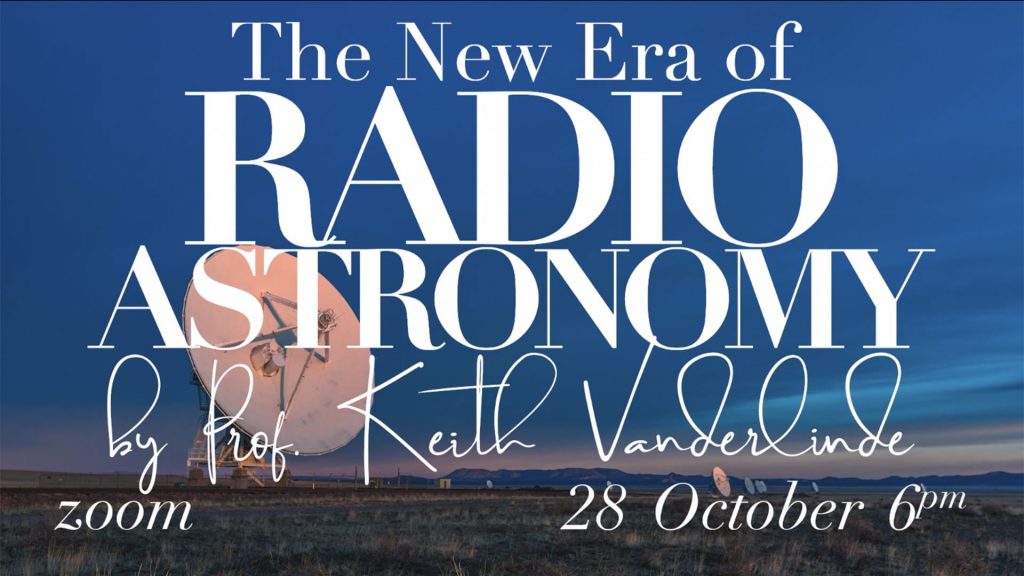Star Talk: The New Era of Radio Astronomy

Radio telescopes — such as the Canadian Hydrogen Intensity Mapping Experiment (CHIME), HIRAX, and the planned CHORD — will lead to unprecedented advances in astronomy. How will they shape future research? To find out more, join us online on Wednesday, October 28 at 6:00 pm.Abstract: “In recent years, the exponential growth of available computing power has spurred a revolution in radio astronomy. Digital processing of radio light has replaced traditional mirrors and imaging optics, with huge arrays of smaller detectors now beginning to supplant the monolithic dishes of prior years. Canada has become a leader in this new arena, with the recently-built CHIME telescope displaying unprecedented survey sensitivity, and upcoming arrays like HIRAX and CHORD set to redefine the field. I will discuss these developments, recent results, and upcoming instruments.” — Professor VanderlindeBiography: Dr. Keith Vanderlinde is an Assistant Professor at U of T’s David A. Dunlap Department of Astronomy & Astrophysics as well at the Dunlap Institute for Astronomy & Astrophysics. In his research, Prof. Vanderlinde studies the Large Scale Structure, working on the South Pole Telescope and CHIME.


